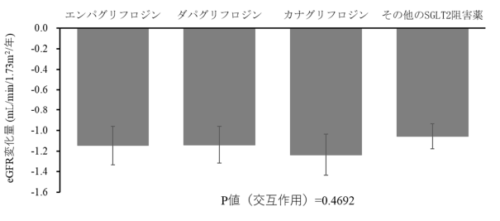モータータンパク質が二本鎖を切断する仕組みについて、計算機による新たな知見が得られた Computations yield new insights about how motor proteins split double strands
2022-08-09 ライス大学
この実験と大規模シミュレーションの相乗効果は、多くの複雑な生体システムのメカニズムをモデリングするためのパラダイムとなる可能性があります。
ヘリカーゼの6つのサブユニット内のDNA結合ループが、ATP加水分解(ATP分子に蓄えられた化学エネルギーが放出される過程)によってDNA骨格を移動する階段のようなものを形成しているという考えが裏づけられた。
<関連情報>
- https://news.rice.edu/news/2022/rice-models-moving-washers-help-dna-replicate
- https://www.pnas.org/doi/10.1073/pnas.2202239119
バクテリオファージT7 gp4ヘリカーゼがssDNAに沿って並進する機構の計算科学的解明 Computationally exploring the mechanism of bacteriophage T7 gp4 helicase translocating along ssDNA
Shikai Jin, Carlos Bueno, Wei Lu, Qian Wang, Mingchen Chen, Xun Chen, Peter G. Wolynes , and Yang Gao
Proceedings of the National Academy of Sciences Published:August 1, 2022
DOI:https://doi.org/10.1073/pnas.2202239119

Significance
Hexametric helicase is a central component in DNA replication and many replicative helicases have been proposed as drug targets for disease treatment. Knowledge of both the structures of replicative helicases and their mechanisms of translocation is essential for a better understanding of DNA replication and replication stress response, as well as for therapeutic targeting of helicases. The very large size of the helicase and the large-scale conformational changes that occur during helicase translocation have hindered investigations of helicase structure and dynamics. Simulations with our newly developed coarse-grained protein–single-stranded DNA force field recapitulated the large-scale translocation of the gp4 subunit with limited computational cost and revealed numerous mechanistic details about gp4 helicase translocation.
Abstract
Bacteriophage T7 gp4 helicase has served as a model system for understanding mechanisms of hexameric replicative helicase translocation. The mechanistic basis of how nucleoside 5′-triphosphate hydrolysis and translocation of gp4 helicase are coupled is not fully resolved. Here, we used a thermodynamically benchmarked coarse-grained protein force field, Associative memory, Water mediated, Structure and Energy Model (AWSEM), with the single-stranded DNA (ssDNA) force field 3SPN.2C to investigate gp4 translocation. We found that the adenosine 5′-triphosphate (ATP) at the subunit interface stabilizes the subunit–subunit interaction and inhibits subunit translocation. Hydrolysis of ATP to adenosine 5′-diphosphate enables the translocation of one subunit, and new ATP binding at the new subunit interface finalizes the subunit translocation. The LoopD2 and the N-terminal primase domain provide transient protein–protein and protein–DNA interactions that facilitate the large-scale subunit movement. The simulations of gp4 helicase both validate our coarse-grained protein–ssDNA force field and elucidate the molecular basis of replicative helicase translocation.


